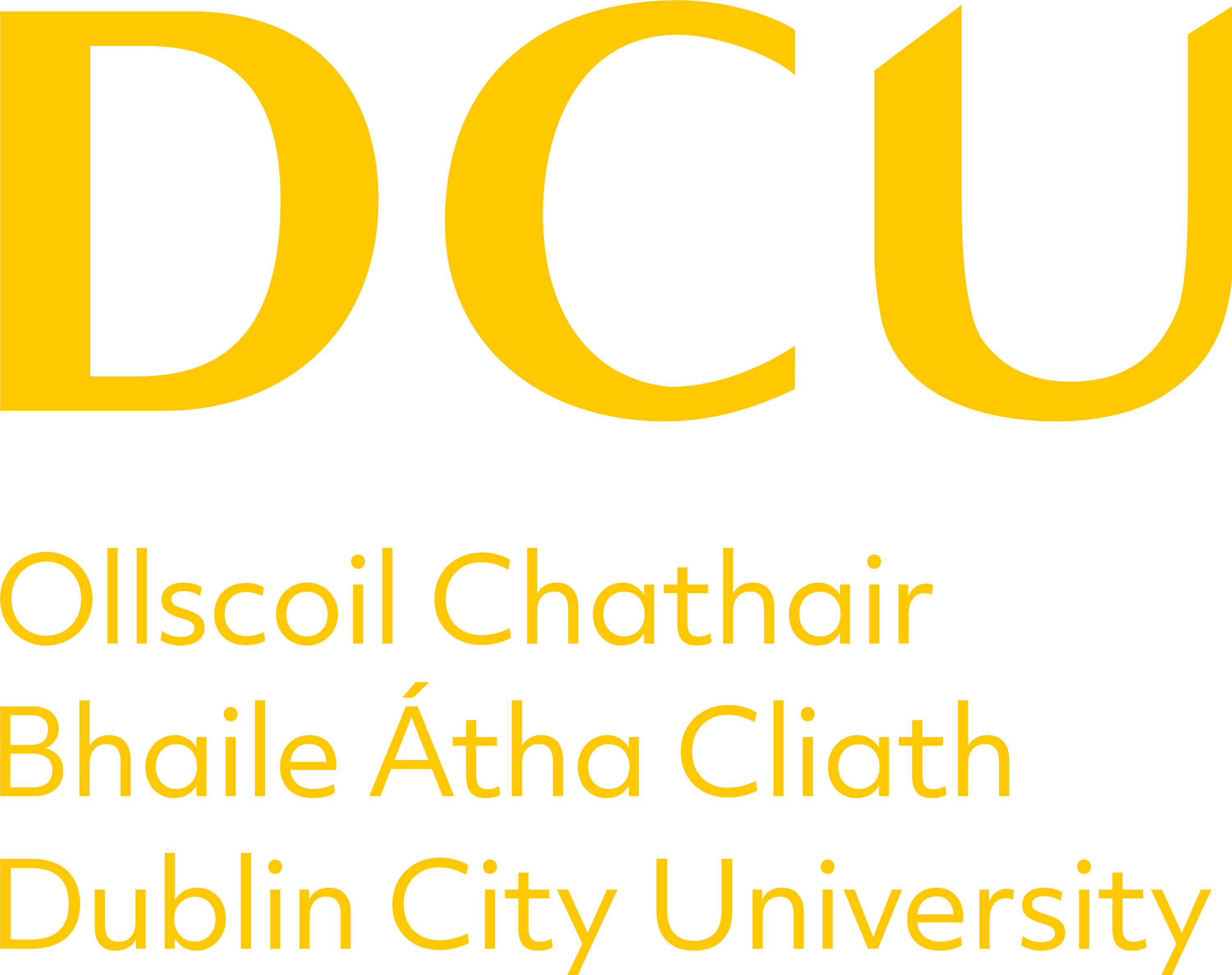Registry
Module Specifications
Archived Version 2022 - 2023
| |||||||||||||||||||||||||||||||||||||
|
Description This course focuses on how to leverage new technologies to build a future-proofed social, economic and environmental sustainability roadmap for your organization. In today’s (VUCA) volatile, uncertain, complex and ambiguous business environments, organizations need to understand how they can harness the capabilities of new technologies, using the lens of the SDG’s to address ongoing wicked problems. This module provides students with the necessary insights for strategically managing new technologies in a way that is environmentally compelling, competitive and distinctive. | |||||||||||||||||||||||||||||||||||||
|
Learning Outcomes 1. Students will be able to differentiate between simple, complex and wicked problems 2. Students will be able to use a design thinking approach to solve problems related to sustainability 3. Students will develop a critical understanding of key concepts around environmental and social sustainability, and the UN SDGs 4. Students will develop a critical understanding of how technology can enhance sustainability and its associated challenges, applying this to an organisational context. 5. Students will develop technology roadmaps to improve sustainability in an organisational context. | |||||||||||||||||||||||||||||||||||||
All module information is indicative and subject to change. For further information,students are advised to refer to the University's Marks and Standards and Programme Specific Regulations at: http://www.dcu.ie/registry/examinations/index.shtml |
|||||||||||||||||||||||||||||||||||||
|
Indicative Content and
Learning Activities What is and what if?Innovation: Types and sources of innovation; types of Business Model Approaches to Innovation - Design thinking Design Thinking - the Mindset - rules and tools Principal models of design thinking Wicked Problems and Design Thinking Key concepts in sustainability, including: Triple Bottom Line; Doughnut Economics: planetary and social boundaries, Economics of innovation and new technology; Scope 1, 2 & 3 emissionsWhat technologies and how?Digital with Purpose - Delivering a SMARTer2030 Identifying technologies with traction and power for sustainability (Smart tech, AI, Cognitive, Machine Learning, cloud computing, Blockchain, Quantum) Green IT readiness: Sustainable IS and Green Metrics Enterprise Green IT strategy Green data strategy: Storage, networks and communications Digital solutions for the Circular Economy: From planetary boundaries to information flows Associated challenges of using digital technologies for sustainability: AI for sustainable social and environmental value creation Ethical algorithms and decision making accountability Harnessing semantic web technologies for social and environmental sustainability.What works and why?Leading organizations undergoing digital disruption towards sustainable solutions Mastering Disruptive Business Models - (The Disruptive Business Model Roadmap/The Disruptive Response Planner) Sustainable Business Model Canvas | |||||||||||||||||||||||||||||||||||||
| |||||||||||||||||||||||||||||||||||||
Indicative Reading List
| |||||||||||||||||||||||||||||||||||||
|
Other Resources None | |||||||||||||||||||||||||||||||||||||
| Programme or List of Programmes | |||||||||||||||||||||||||||||||||||||
| Archives: |
| ||||||||||||||||||||||||||||||||||||
